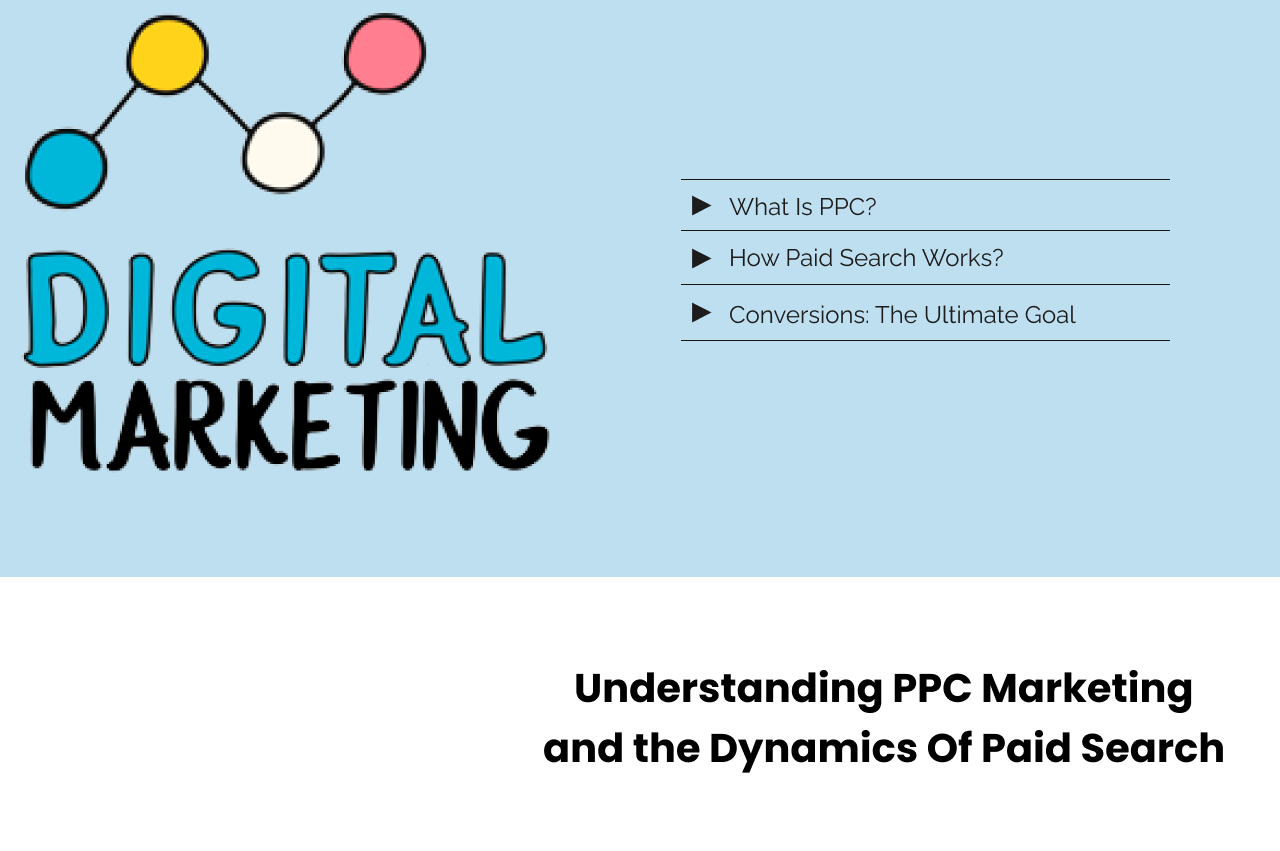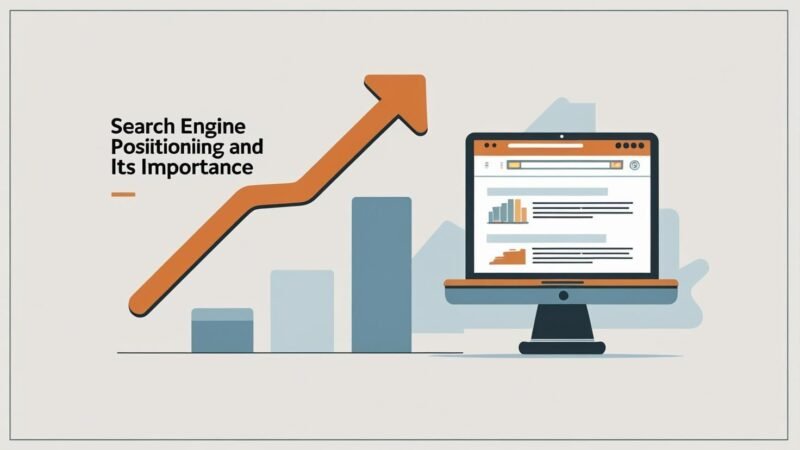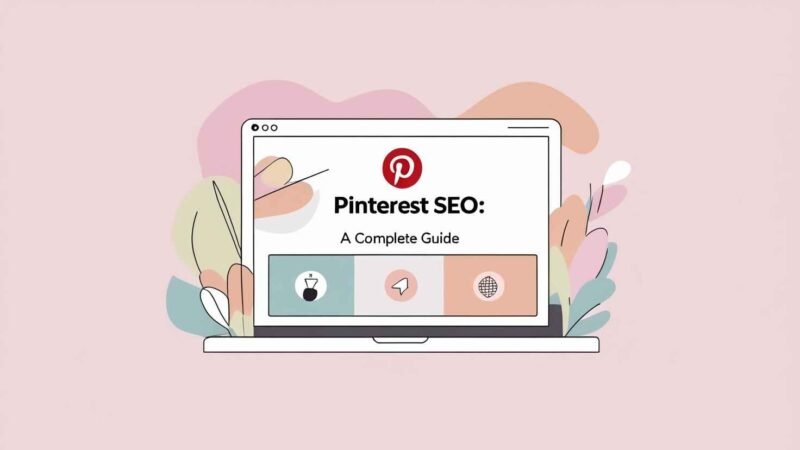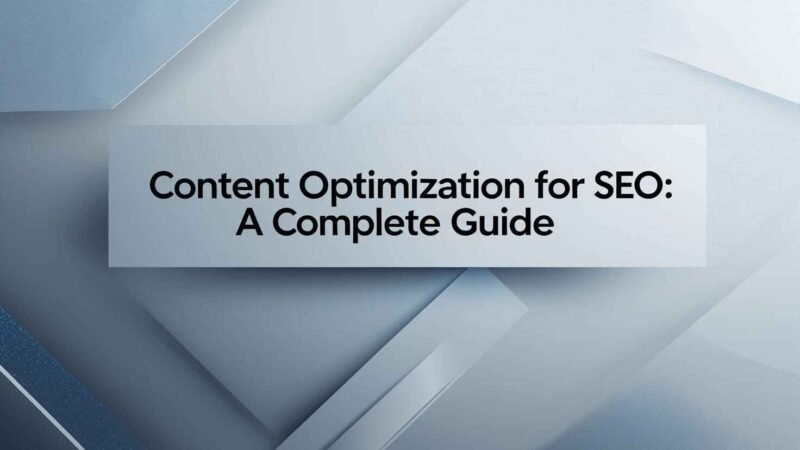Understanding PPC Marketing and the Dynamics Of Paid Search

What Is PPC?
Pay-per-click (PPC) marketing is an advertising model where advertisers place ads on a platform and pay the host when users click on their ads. The primary goal is to drive users to the advertiser’s website or app, encouraging them to take valuable actions like purchasing. Popular platforms for PPC include search engines like Google and Microsoft Ads, which leverage real-time bidding (RTB) in an automated auction system.
How Paid Search Works?
In PPC marketing, auctions arise on every occasion there is an advert spot on a search engine results page (SERP). These auctions are triggered when users search for specific keywords. Advertisers bid on these keywords, and a combination of bid amount and ad quality determines the winning ad, which then appears on the SERP. Platforms like Google Ads allow advertisers to manage their campaigns, setting budgets, bids, and targeting preferences.
Keywords: The Core of PPC
Keywords play a central role in PPC, bridging the gap between advertiser’s and users’ search queries. Users input queries into search engines, while advertisers use keywords to target these queries. Advertisers can choose different keyword match types, allowing for various levels of precision in matching search queries. Additionally, negative keywords help avoid irrelevant traffic.
Read about another interlinked topic What is Social Media Optimization.
Ads: Crafting the Message
Ads housed within ad groups that target specific keywords are crucial in the PPC marketing landscape. These ads, containing headlines, description lines, and URLs, appear on the SERP when an auction is won. Testing different ad copies is a common practice to optimize performance. Ad extensions offered by platforms like Google Ads and Microsoft Ads enhance the visibility and engagement of ads by providing additional information.
Budgets & Bids: Controlling Expenditure
Advertisers set budgets at the campaign level and bids at the ad group or keyword level to participate in auctions. Budgets are overarching limits that can be exceeded daily but not monthly, while bids offer more precise control. Automated bidding strategies are widely used, allowing platforms to determine the most appropriate bid for each auction based on specific campaign goals.
Ad Rank: More Than Just Bidding
Winning the auction isn’t solely about having the highest bid. Search engines consider factors like ad relevance, quality, context of the search, and format impact to determine ad rank. Quality Score, a metric evaluating ad relevance, considers historical click-through rate, keyword relevance, and landing page quality. High-quality scores result in lower costs per click (CPC) and better ad visibility.
Targeting: Precision in Reach
Beyond keywords, advertisers can optimize campaigns through various targeting options, including device, location, day and time, and demographic targeting. This allows ads to reach specific audiences at reasonable times, enhancing performance. Remarketing tools enable tailored messaging for past website visitors, providing more control over traffic and spending.
Conversions: The Ultimate Goal
Ultimately, the aim of PPC is not just clicks but conversions—actions that align with the advertiser’s business goals. Conversions can include purchasing, signing up for a newsletter, placing a call, and more. Tracking conversions is crucial for evaluating campaign success, and platforms like Google Ads facilitate this through conversion-tracking tools.
In short, mastering PPC involves a holistic understanding of keywords, ads, budgets, bids, ad rank, targeting, and conversions. By navigating the intricate dynamics of paid search marketing, advertisers can effectively harness the power of PPC to achieve their business objectives.






